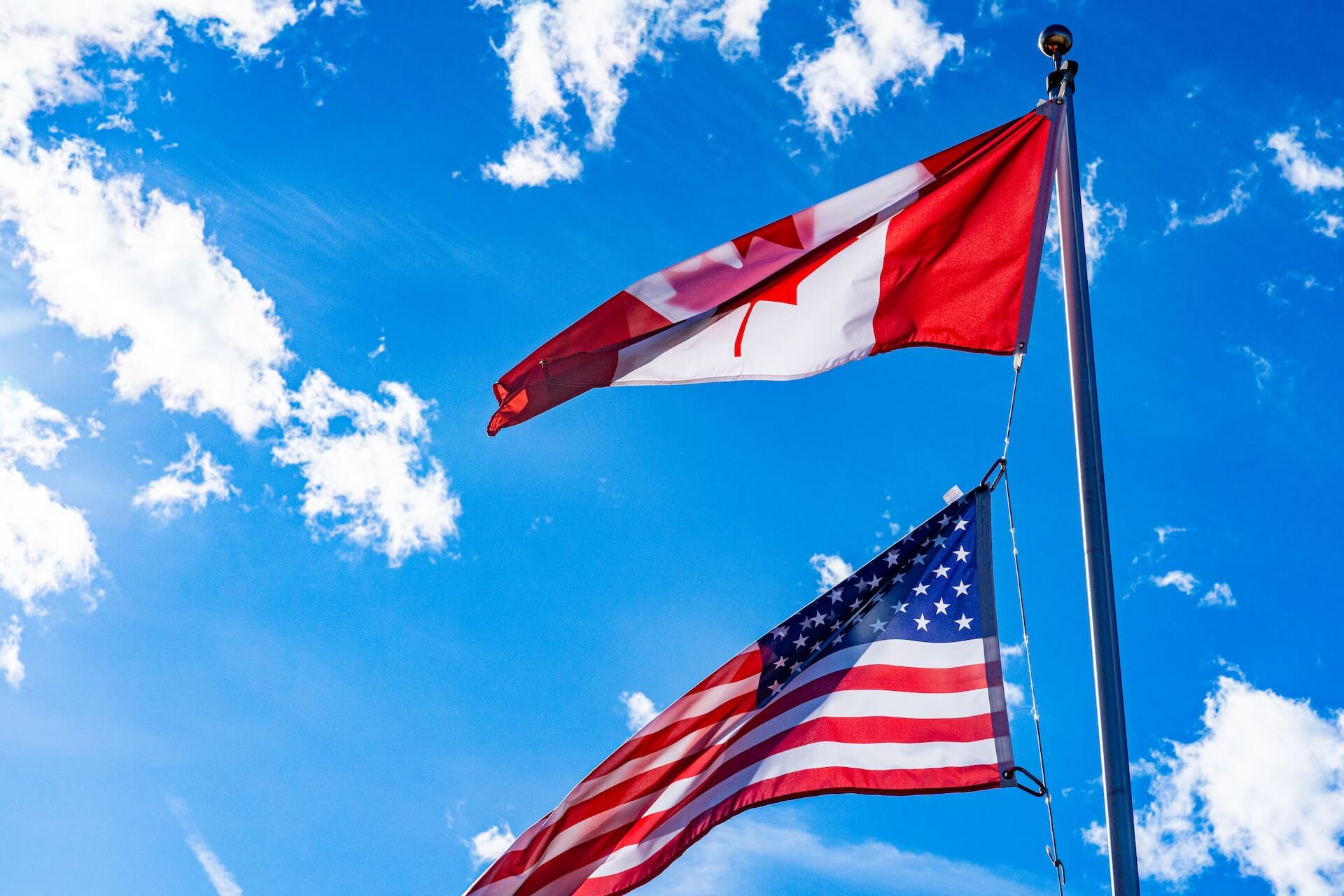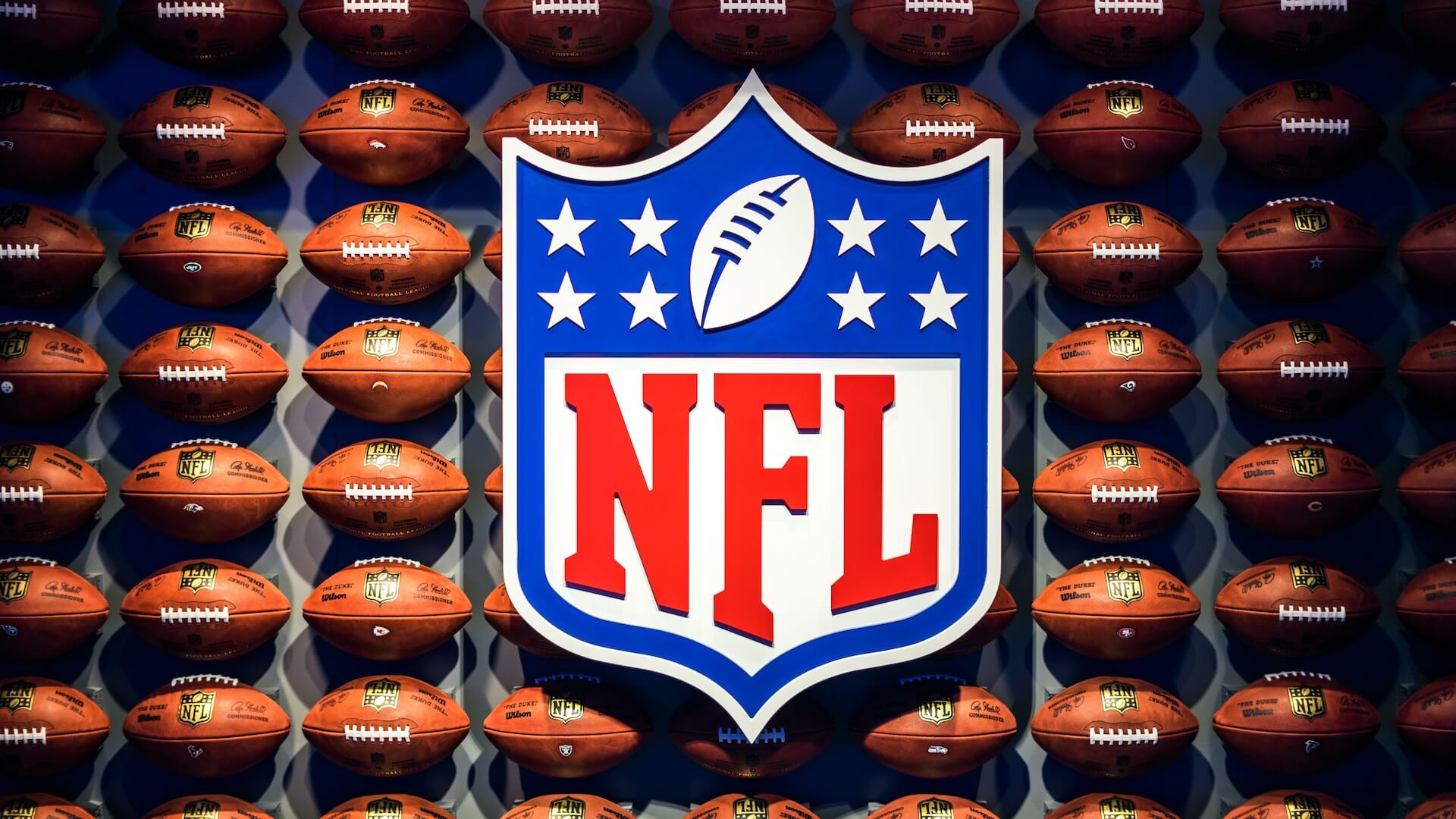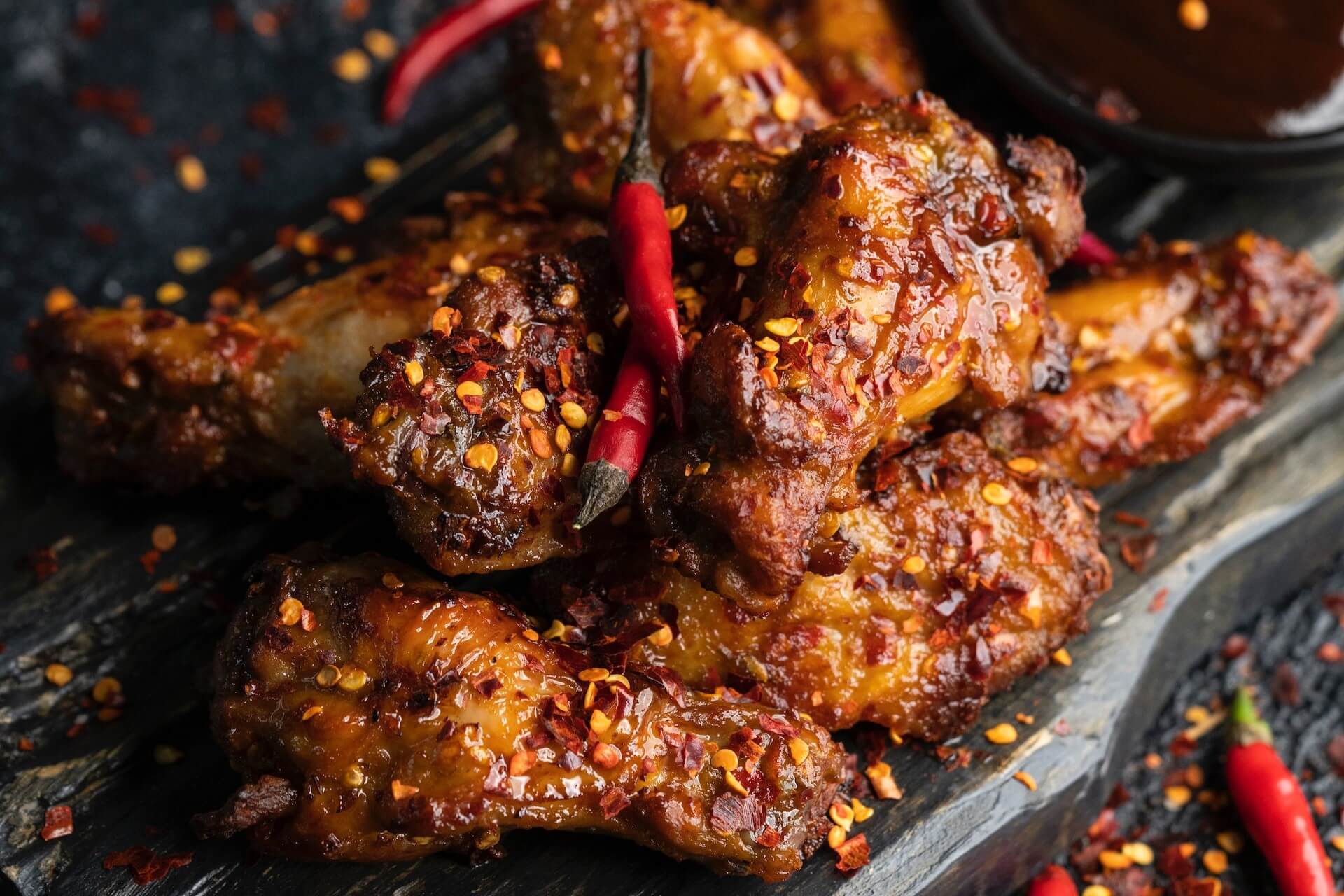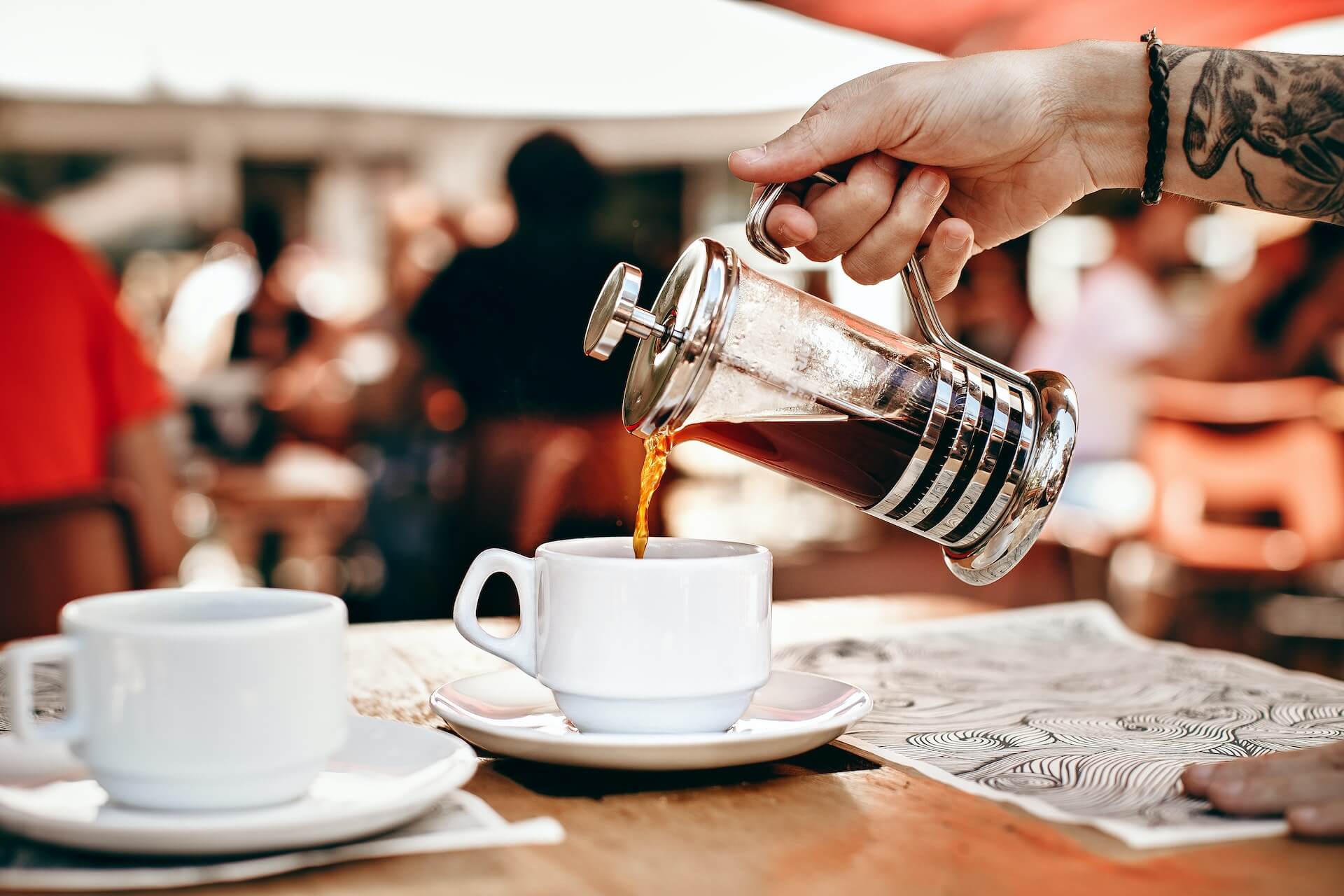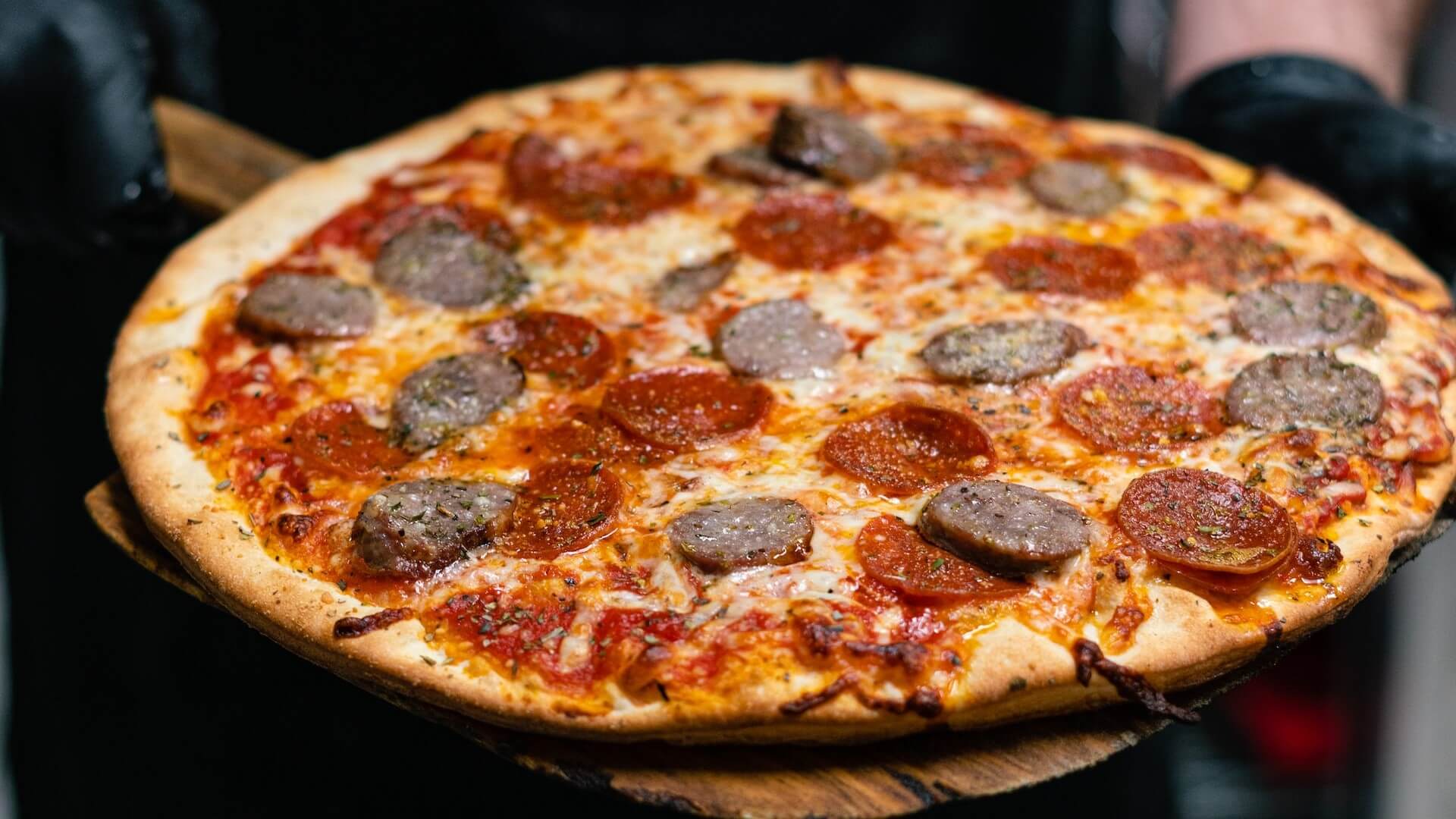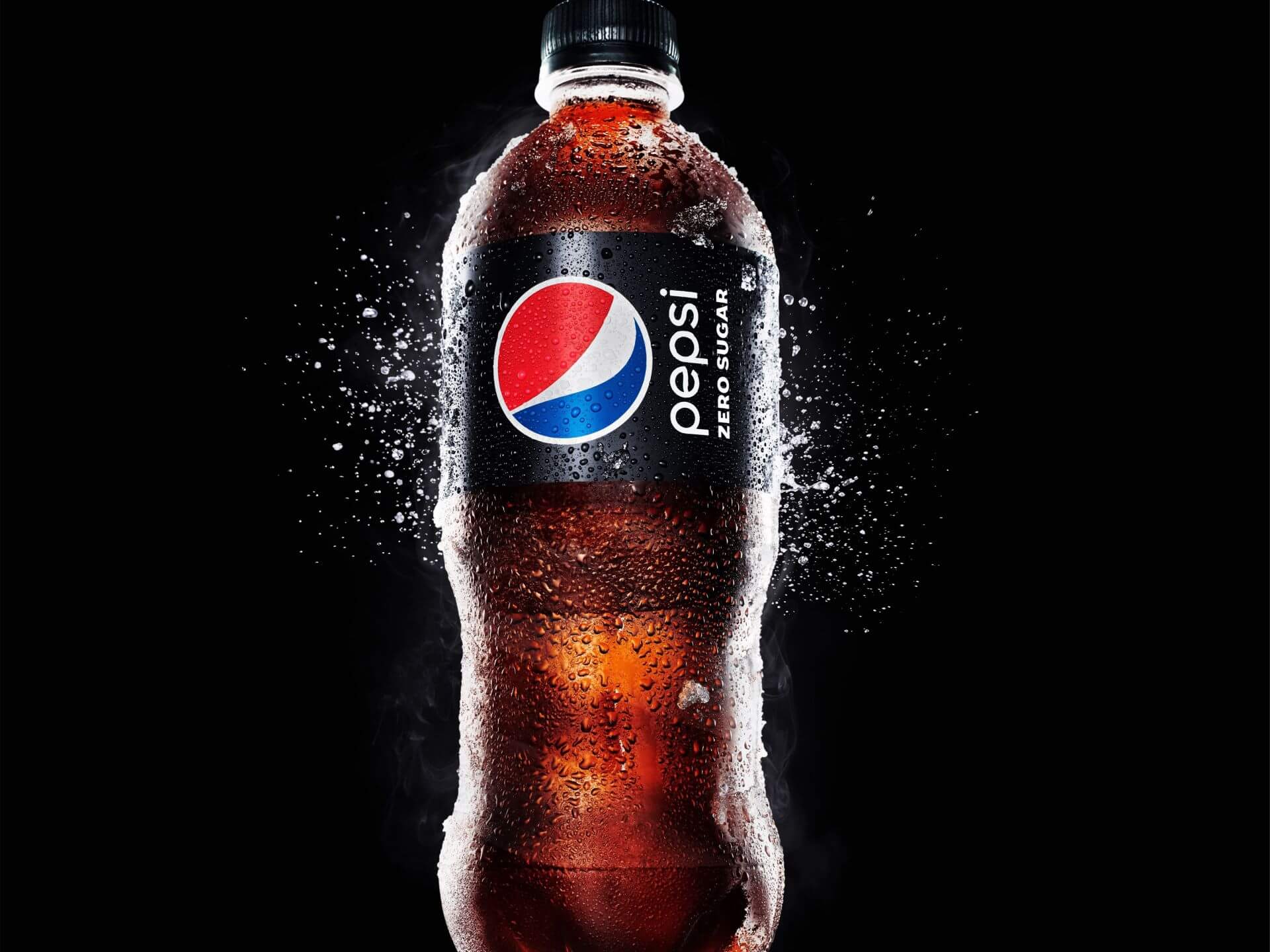Brand Love: BrandVue’s 2023 Rankings
by David Klemt

As we near the end of the year, Savanta has revealed their BrandVue’s Most Loved Eating Out Brands 2023 report, ranking 100 restaurant brands in America.
The B2B and B2C market consultancy has been publishing this report since 2019. Their fifth-annual report includes 16 categories, including ranking consumer opinion of third-party delivery services.
As a category, Burger boasts the greatest presence with 17 loved restaurant brands. In second is Italian or Pizza with 13 brands. With ten brands, Specialty comes in third as a category. Tied for fourth are Mexican and Chicken, featuring eight brands each.
Download the full report here.
Top Restaurant in Each Category
Below you’ll find the gold medalist in each category, in alphabetical order by restaurant type.
- Asian: Panda Express
- Burger: McDonald’s
- Café or Bakery: Starbucks
- Chicken: Chick-fil-A
- Family Style: Cracker Barrel Old Country Store
- Frozen Dessert: Cold Stone Creamery
- Italian or Pizza: Olive Garden
- Mexican: Taco Bell
- Sandwich: Subway
- Seafood: Red Lobster
- Specialty: Krispy Kreme
- Steak: Texas Roadhouse
- Varied Menu: The Cheesecake Factory
Other Categories
There are a handful of other categories on the BrandVue list. Namely, Delivery, Sports Bar, and Meal-kit.
I’ve separated Delivery in particular because it doesn’t represent brick-and-mortar brands. Rather, these are third-party services.
For this year’s list, Savanta ranks five delivery services. Below, the top three:
- Caviar
- DoorDash
- UberEats
However, it’s important to note that DoorDash bought their one-time rival Caviar back in 2019. So, it’s really as though DoorDash claims two spots among the top three.
Of course, UberEats owns Postmates, which is among the five Delivery brands on this list. So is Seamless, owned by Grubhub. However, Grubhub itself doesn’t appear on this list.
The other two categories, Sports Bar and Meal-kit, count just one brand each among them: Buffalo Wild Wings and Plated, respectively.
Top 26 Restaurant Brands
Below, the top quarter of the 2023 BrandVue list. As you’ll see, the gold medalists among the top 25 are in bold.
Why did I decide to show the top 26 rather than the top 25? My reasoning is simple: one of the top 25 is a delivery service, not a brick-and-mortar restaurant.
- Domino’s (Italian or Pizza)
- Red Lobster (Seafood)
- Cold Stone Creamery (Frozen Dessert)
- Culver’s (Burger)
- Caviar (Delivery)
- Cinnabon (Specialty)
- Braum’s (Burger)
- Auntie Anne’s (Specialty)
- Wingstop (Chicken)
- Popeyes (Chicken)
- Wendy’s (Burger)
- Pizza Ranch (Italian or Pizza)
- Pizza Hut (Italian or Pizza)
- KFC (Chicken)
- The Cheesecake Factory (Varied Menu)
- Subway (Sandwich)
- In-N-Out Burger (Burger)
- Dunkin’ Donuts (Café or Bakery)
- Taco Bell (Mexican)
- Raising Cane’s (Chicken)
- Olive Garden (Italian or Pizza)
- Krispy Kreme (Specialty)
- Texas Roadhouse (Steak)
- McDonald’s (Burger)
- Starbucks (Café or Bakery)
- Chick-fil-A (Chicken)
Unsurprisingly, the top six spots go to gold medalists. In total, gold medalists claim seven slots amongst the top ten. Twelve of the top performers out of all 16 categories are in the top 25.
Interestingly, the list also puts America’s love for burgers, chicken, and pizza on full display. Of the top 25 most-beloved restaurant brands, five fall into the Burger category, and five fall into Chicken. Four slots belong to the Italian or Pizza category.
Notably, there are no Asian or Family Style restaurants among the top 26. However, I expect more Asian and Mexican restaurants to earn places in the top quarter over the next few years.
To see the full list of the 100 most-beloved restaurant (and delivery) brands in the US, click here.
Image: Joshua Golde on Unsplash






